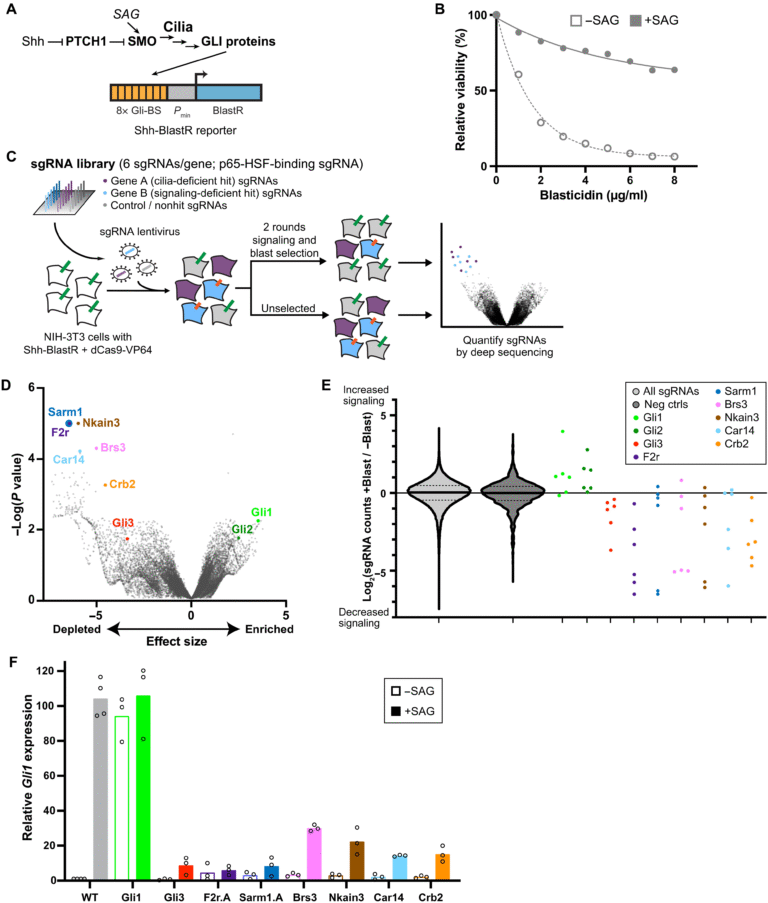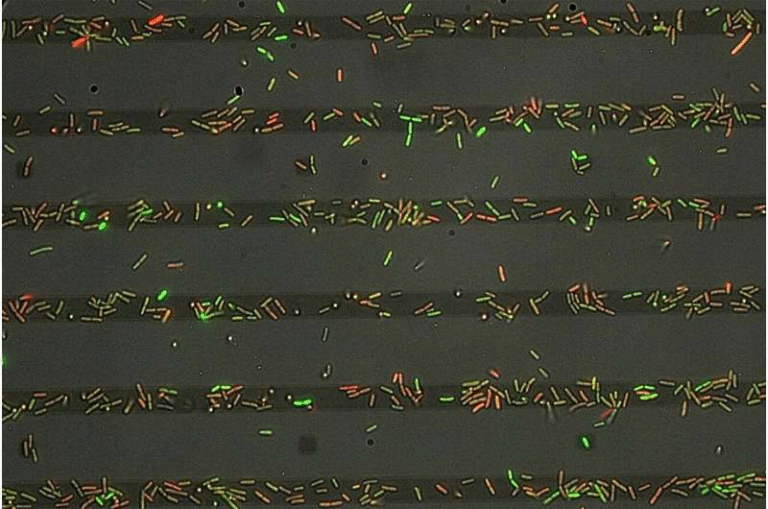MIT Scientists Sharpen Gene Editing Accuracy to an Unprecedented Level

A team of MIT researchers has just unveiled a major leap forward in genome engineering—a new generation of prime editing technology that dramatically reduces unintended DNA errors. This improvement could make gene therapy safer, more precise, and more practical for treating a wide range of genetic diseases. The achievement is described in a new paper published in Nature titled “Engineered Prime Editors with Minimal Genomic Errors.”
What Exactly Is Prime Editing?
To understand the magnitude of this breakthrough, it helps to know what prime editing is and how it differs from traditional genome-editing tools like CRISPR-Cas9.
Traditional CRISPR systems act like molecular scissors, cutting both strands of the DNA at a target location. While powerful, this approach comes with risks: double-stranded breaks can cause unwanted insertions, deletions, or rearrangements of DNA, leading to potential side effects.
Prime editing, developed in 2019 by researchers at the Broad Institute of MIT and Harvard, was designed to overcome that. It doesn’t make double cuts. Instead, it uses a modified version of the Cas9 enzyme, called a nickase, which cuts just one of the two DNA strands. Attached to this enzyme is a reverse transcriptase, a sort of molecular “writer” that uses a guide RNA (pegRNA) as a template to insert a new, corrected DNA sequence at the target site.
The result is a system that can “search and replace” faulty genes without the collateral damage of earlier editing methods.
However, even prime editing isn’t perfect. Sometimes, when the new DNA strand is written, the old unedited strand competes to stay in place. If it wins, the leftover “flap” of new DNA might accidentally attach somewhere else in the genome. This can create unintended edits, known as indels (insertions or deletions), which could have harmful effects.
The Problem: Accuracy vs. Efficiency
Earlier versions of prime editors had a success rate that looked good on paper but still carried risk in practice. In some cases, one out of every seven edits contained an error. Even in the best-case scenarios, with a high-precision mode, there could still be one error per 121 edits.
For most lab research, this is tolerable. But when it comes to gene therapy in humans, such an error rate is unacceptable. Even small mistakes can cause new mutations, potentially triggering issues like cancer.
That’s what motivated the MIT team—led by Vikash P. Chauhan, Phillip Sharp, and Robert Langer, working at MIT’s Koch Institute for Integrative Cancer Research—to search for a way to reduce these unwanted mutations without making prime editing more complicated or harder to use.
The MIT Breakthrough: Engineering the Editing Proteins Themselves
Instead of adding new steps or delivery systems, the researchers took a clever, internal approach. They redesigned the core proteins that power prime editing—specifically, Cas9—to make the process inherently more accurate.
Their inspiration came from a 2023 study in which they noticed that certain mutant Cas9 proteins didn’t always cut DNA at exactly the same position. Normally, Cas9 makes its “nick” at one precise spot on the DNA. But these variants sometimes shifted by one or two base pairs along the sequence.
That small shift turned out to have a big effect. By changing the position slightly, the old DNA strand became less stable, making it more likely to degrade naturally. This gave the newly written DNA strand a better chance to integrate correctly, reducing the risk of stray fragments causing errors.
Building on this observation, the MIT team systematically tested multiple Cas9 mutations to see which ones produced the cleanest results. They identified variants that could cut the error rate to one-twentieth of its previous level. Then they combined two of these mutations, creating an even more accurate Cas9 version that lowered the error rate further—to about one-thirty-sixth of the original.
Creating the vPE System: A New Standard for Accuracy
To take things further, the team didn’t stop at the Cas9 protein. They incorporated the new Cas9 mutants into an upgraded prime editing framework that also included an RNA-binding protein designed to stabilize the ends of the guide RNA (the pegRNA).
This combination produced what they call vPE, short for very precise prime editor.
The numbers are astonishing. In their tests, the researchers achieved:
- 1 error per 101 edits in the most commonly used editing mode
- 1 error per 543 edits in the high-precision mode
That’s a 60-fold reduction in error rate compared to standard prime editors. Importantly, the vPE system maintained strong editing efficiency, meaning it could still perform the desired edits at nearly the same rate as older systems.
The experiments were carried out in mouse and human cell lines, including HEK293T, HeLa, and mouse embryonic stem cells. Across all tests, the team observed a remarkable decrease in unintended mutations while preserving high editing activity.
Why This Matters for Medicine
The implications for medicine are huge. Genetic diseases caused by small mutations—like sickle cell anemia, cystic fibrosis, and muscular dystrophy—could one day be treated more safely using prime editing.
Earlier gene therapy techniques, first explored in the 1990s, relied on viral vectors to insert new genes into a patient’s DNA. Those early efforts were groundbreaking but risky, as they sometimes triggered immune reactions or inserted genes in unwanted places.
Then came the rise of CRISPR-Cas9, which revolutionized genetics by making DNA editing fast and accessible. But CRISPR’s double-stranded cuts carry their own dangers. Prime editing offered a safer alternative, and now with vPE, that safety margin has expanded dramatically.
As Robert Langer explained in the study’s context, the goal of any therapy is to be as effective as possible with the fewest side effects. By making prime editing so much more accurate, vPE brings that goal much closer to reality.
The Road Ahead: From Cells to Humans
Even with this impressive leap in precision, there’s still a lot of work to do before vPE can be used in clinical treatments. Delivering gene editors safely into the right tissues remains one of the biggest challenges in the field.
Most current methods rely on viral vectors or lipid nanoparticles, but each has limitations. Viruses can trigger immune responses, while nanoparticles struggle with delivery efficiency in some tissues. The MIT team is already exploring better delivery strategies to make vPE viable in living organisms.
They’re also working on further tuning the Cas9 protein and improving RNA templates for even greater stability and fidelity. In the meantime, they hope other labs will adopt the vPE system for research applications—to study how tissues develop, how cancers evolve, and how cells respond to drug treatments.
Because prime editors are already widely used in research, the introduction of a drop-in replacement that’s 60 times more precise could accelerate discoveries across molecular biology and biomedical engineering.
The Challenge of Reducing Genetic Errors
In genetics, even a small improvement in precision can make a world of difference. When scientists talk about “error rates,” they’re not referring to computer code mistakes—they’re talking about changes to the building blocks of life.
DNA is composed of four bases (A, T, G, and C), arranged in an exact sequence. A single misplaced base can disrupt a gene’s function, sometimes leading to disease.
Prime editing aims to correct these errors at their root, effectively “fixing” genes instead of just treating their symptoms. But if an editing tool introduces a new mutation while fixing another, it defeats the purpose. That’s why lowering the error rate is such a critical step toward safe gene therapy.
By improving the accuracy of the editor itself—without changing how it’s delivered or how it works—the MIT team has shown a new path forward: fine-tuning the molecular machinery rather than complicating the process.
Broader Context: The Evolution of Gene Editing
To put this in perspective, here’s a quick look at how genome editing has evolved over the past few decades:
- 1990s – Viral Gene Therapy: Scientists begin delivering healthy genes into cells using modified viruses. Successes were limited, and risks were high.
- 2000s – Zinc Finger Nucleases (ZFNs): Custom-engineered enzymes that cut DNA at specific sites. Highly precise but difficult to design and use.
- 2010s – CRISPR Revolution: The discovery of CRISPR-Cas9 democratized gene editing, making it easy, cheap, and fast.
- 2019 – Prime Editing: A refinement of CRISPR that avoids double-stranded breaks, offering “search-and-replace” capability for DNA.
- 2025 – vPE System: The latest evolution, achieving record-low error rates through protein engineering and RNA stabilization.
Each leap forward has made gene editing more powerful and safer, but also raised new ethical and technical questions. The ultimate goal is to treat or cure genetic diseases directly at their source while ensuring that the process itself doesn’t introduce new problems.
Limitations and What Comes Next
While vPE is a massive step forward, it’s not the end of the journey. The research so far has been performed in cell cultures, not in live animals or humans. Translating these results to real therapies will require overcoming challenges like tissue targeting, immune safety, and scalability.
Additionally, while the new system dramatically reduces indels (unintended insertions/deletions), it’s not yet clear how it performs with other types of off-target effects, such as large rearrangements or unexpected interactions with the cell’s repair machinery.
Still, scientists are optimistic. The combination of protein engineering, improved RNA design, and smart testing provides a roadmap for continually refining genome editors. As research progresses, tools like vPE could make personalized genetic medicine—where a person’s unique mutations are directly corrected—an achievable goal.
The Bottom Line
MIT’s vPE system doesn’t reinvent prime editing—it perfects it. By modifying the proteins that drive the process, researchers have created a tool that’s up to 60 times more precise, reducing error rates from 1 in 7 edits to as low as 1 in 543.
It’s a textbook example of how deep molecular understanding and smart engineering can combine to solve real-world biological challenges.
If the technique proves safe and scalable in animal and human studies, it could usher in a new era of high-fidelity gene therapy, where precision and safety finally meet at the molecular level.
Research Reference:
Engineered Prime Editors with Minimal Genomic Errors – Nature (2025)





